When we think about pet care, bathing often comes to mind as an essential grooming ritual. Dogs need regular baths to keep their coats clean and healthy, while cats meticulously groom themselves throughout the day. But what about reptiles? These exotic pets have entirely different skin structures, environmental needs, and biological processes compared to furry companions. The question of whether reptiles need baths isn’t as straightforward as it might seem, and the answer varies significantly across different species. Understanding proper reptile hygiene is crucial for maintaining their health and preventing potentially dangerous conditions. Let’s explore the fascinating world of reptile grooming and uncover the truth about bathing these unique pets.
Understanding Reptile Skin: The Basics

Unlike mammals with fur or hair, reptiles have scales that serve as their primary skin covering and protection. These scales are made of keratin, the same protein found in human fingernails, and form a waterproof barrier that helps reptiles retain moisture in dry environments. Most reptiles undergo a process called ecdysis, or shedding, where they periodically replace their old skin with a new layer as they grow.
This natural process is their primary form of “grooming” and serves as a way to remove parasites and damaged skin. The frequency of shedding varies greatly between species, with young, rapidly growing reptiles shedding more frequently than adults. Understanding this fundamental aspect of reptile physiology is essential before considering any bathing or grooming routines.
The Myth of Regular Reptile Baths
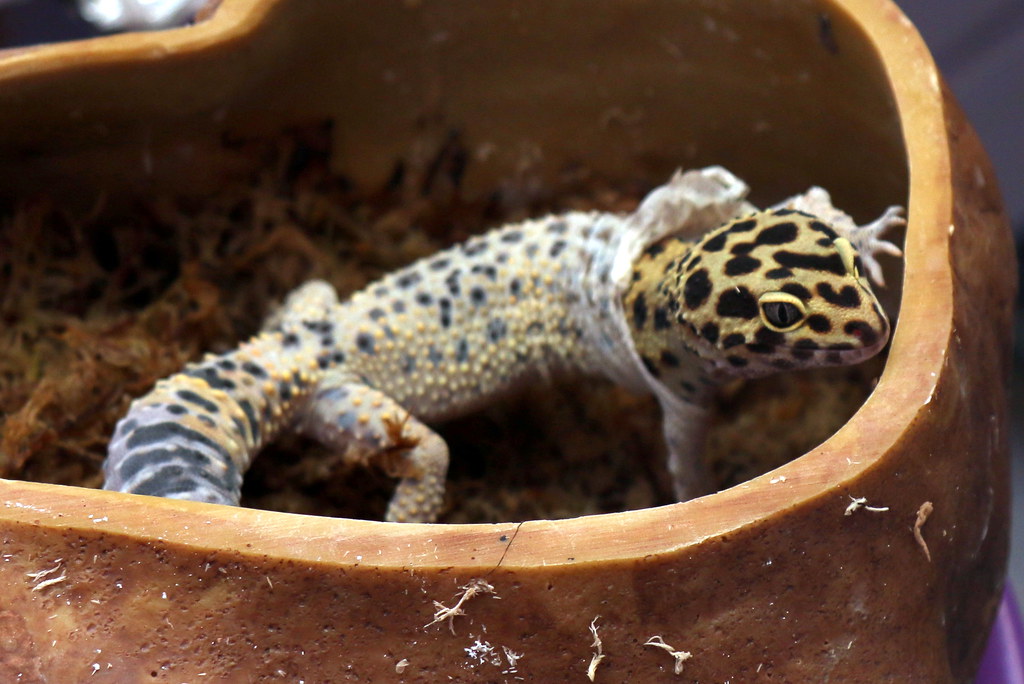
A common misconception among new reptile owners is that all exotic reptile pets require regular bathing similar to dogs or other domestic animals. This myth likely stems from anthropomorphizing these animals or applying mammalian care standards to reptiles. In reality, most reptiles in the wild rarely, if ever, immerse themselves in water specifically for cleaning purposes. Desert species like bearded dragons or leopard geckos naturally live in arid environments where standing water is scarce.
Tropical species may encounter rainfall or bodies of water, but they don’t “bathe” in the traditional sense we might imagine. Forcing unnecessary bathing routines on reptiles can actually cause stress, disrupt their natural oils and beneficial bacteria, and potentially lead to respiratory infections if water is accidentally inhaled.
Species That Benefit From Water Exposure
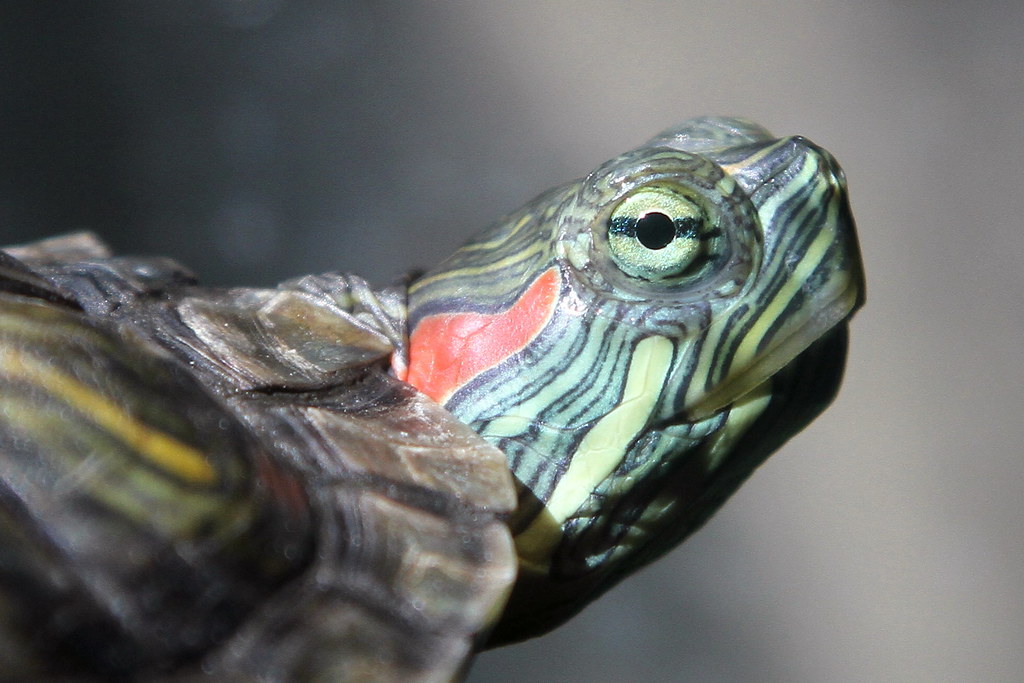
While not all reptiles need or benefit from baths, certain species do thrive with regular water exposure. Semi-aquatic reptiles like red-eared sliders, painted turtles, and other aquatic turtles naturally spend significant time in water and require proper swimming areas in their enclosures. Some larger lizards, particularly green iguanas and water dragons, enjoy occasional soaking and swimming as part of their natural behavior.
These species evolved in environments with regular access to water bodies and have adapted physiologically to benefit from aquatic activities. For these reptiles, water exposure isn’t just about cleanliness—it helps with hydration, temperature regulation, and can even support proper shedding processes. However, even for these water-loving species, the environment must be carefully controlled to prevent bacterial growth and ensure water quality.
The Shedding Process: When Water Helps

During the shedding process, some reptiles can genuinely benefit from controlled exposure to moisture. When reptiles prepare to shed, the old skin separates from the new skin beneath, and moisture can help facilitate this separation, particularly in species that normally shed in one complete piece. Snakes, for instance, may benefit from a humidity box or shallow soaking dish during shedding to help loosen stubborn skin, especially around delicate areas like the eyes and head.
Bearded dragons experiencing difficulty shedding might benefit from a brief, shallow warm water soak to soften tough patches of retained skin. However, these moisture treatments should be specific, intentional interventions during shedding rather than regular bathing routines. Continuous excess moisture can lead to scale rot and bacterial infections, so balance is crucial.
The Hydration Factor: Soaking vs. Bathing

An important distinction exists between bathing for cleanliness and soaking for hydration, which are fundamentally different activities with different purposes. Many reptiles absorb water through their skin and cloaca (a multi-purpose opening for excretion and reproduction), making shallow soaks an effective way to ensure proper hydration in addition to drinking water.
Desert species like tortoises and some geckos may benefit from occasional soaking to maintain hydration levels, especially in dry indoor environments. These hydration soaks typically involve placing the reptile in shallow, lukewarm water that reaches no higher than their shoulders or mid-body for a short period. Unlike baths intended for cleaning, hydration soaks don’t require soap or scrubbing, and should be brief enough to minimize stress while allowing the animal to absorb necessary moisture.
Temperature Considerations for Water Exposure

Temperature control is absolutely critical when exposing any reptile to water, as these animals cannot regulate their body temperature internally like mammals do. Water that feels lukewarm to human touch may actually be dangerously cold for reptiles, whose preferred body temperatures typically range between 75-95°F depending on the species. Cold water exposure can rapidly drop a reptile’s body temperature, leading to a dangerous condition called thermal shock that can suppress immune function and digestion.
Conversely, water that’s too hot can cause stress or even burns to sensitive reptile skin. The ideal water temperature for most reptile soaks should be around 85-90°F for tropical species and slightly cooler for temperate species. Always monitor your reptile closely during any water exposure, looking for signs of stress or discomfort like excessive movement, attempting to escape, or unusual color changes.
Cleaning Reptiles: When It’s Actually Necessary

There are specific situations when cleaning interventions become truly necessary for reptile health and welfare. If a reptile becomes covered in substrate material that’s stuck to their skin or scales, gentle cleaning may be required, particularly if the material contains fecal matter that could cause bacterial infections. Reptiles that have gotten into something sticky or potentially toxic, like certain plant resins or household chemicals, need immediate but careful cleaning to prevent ingestion of harmful substances during self-grooming.
After medical procedures or treatments, veterinarians may recommend specific cleaning protocols to prevent infection or remove medication residue. For these situations, using a soft, damp cloth with lukewarm water is often sufficient, avoiding harsh soaps or chemicals that could damage the reptile’s sensitive skin or disrupt their natural microbiome.
Harmful Cleaning Products and Practices

Many well-intentioned reptile owners make the dangerous mistake of using inappropriate cleaning products on their pets. Commercial soaps, shampoos, detergents, and disinfectants designed for humans or other pets can be extremely toxic to reptiles, whose skin absorbs substances differently than mammalian skin. These products strip away natural oils and beneficial bacteria that protect reptile skin, potentially leading to irritation, chemical burns, or systemic toxicity if absorbed.
Even products marketed as “gentle” or “natural” for humans can contain essential oils, fragrances, or other ingredients harmful to reptiles. Another harmful practice is vigorous scrubbing of reptile scales or skin, which can cause micro-abrasions and damage the protective keratin layer. If cleaning is necessary, plain lukewarm water is usually sufficient, and in cases where more thorough cleaning is required, only veterinarian-recommended reptile-safe products should be used.
Habitat Hygiene: More Important Than Bathing
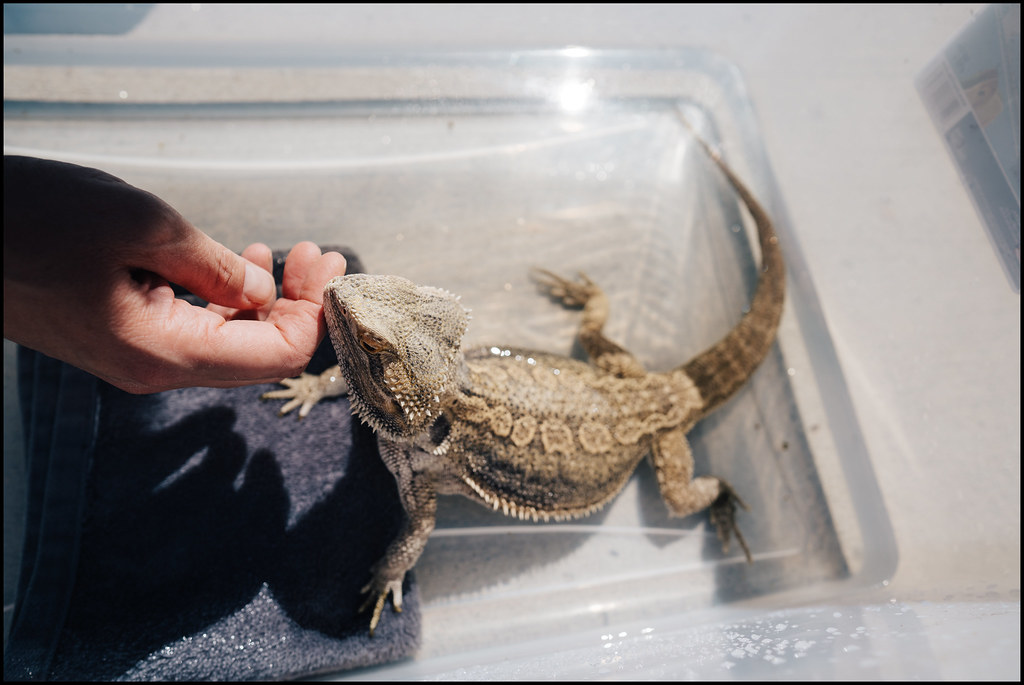
For most reptiles, maintaining a clean enclosure is far more important than bathing the animal itself. Reptiles naturally pick up beneficial microbes from their environment that help protect them from harmful pathogens, and many species deliberately rub against rough surfaces in their habitat to remove parasites or assist with shedding. A properly maintained enclosure with appropriate substrate, humidity levels, and cleaning schedule prevents many health issues that might otherwise necessitate bathing.
Regular spot-cleaning to remove waste, uneaten food, and soiled substrate should be performed daily, while deeper cleaning of the entire enclosure should follow a schedule appropriate to the species, typically every 1-4 weeks. Providing proper environmental enrichment like rough stones, branches, or specialized shedding aids allows reptiles to perform natural grooming behaviors without human intervention.
Special Considerations for Aquatic Reptiles

Aquatic and semi-aquatic reptiles like turtles, certain monitors, and some snake species have unique hygiene requirements that differ significantly from terrestrial species. These animals naturally spend much of their time in water, but this doesn’t eliminate their grooming needs—in fact, it often makes water quality management even more crucial. Proper filtration systems are essential for maintaining clean water, as these reptiles typically defecate, urinate, and shed skin cells directly into their aquatic environment.
Even with excellent filtration, regular partial water changes are necessary to prevent the buildup of harmful nitrates and bacteria. Some aquatic reptiles benefit from occasional shell or scale brushing with a soft brush to remove algae growth or mineral deposits, particularly captive turtles whose shells may develop problematic buildup in artificial environments. Basking areas that allow these reptiles to dry completely are equally important to prevent fungal infections and shell rot.
Recognizing When Professional Help Is Needed

While basic grooming and hygiene maintenance can be handled at home, certain situations require veterinary intervention from an exotic pet specialist. Persistent difficulty shedding, particularly “stuck” shed that remains for more than a few days despite appropriate humidity, could indicate underlying health issues like nutritional deficiencies or dehydration. Unusual discoloration, swelling, or lesions on the skin might signal infections, parasites, or burns that require professional treatment.
Any sudden changes in a reptile’s skin texture, such as unusual dryness, excessive moisture retention, or scale damage should prompt a veterinary consultation. Reptiles with respiratory symptoms like wheezing, bubbling around the mouth or nose, or open-mouth breathing after water exposure need immediate veterinary care, as these can indicate potentially fatal respiratory infections. Remember that reptiles often hide illness until conditions are advanced, so proactive care is essential.
Species-Specific Grooming Guidelines

Different reptile species have evolved in vastly different environments, resulting in unique grooming needs that owners must understand. Bearded dragons, native to arid Australian regions, generally need minimal bathing—occasional shallow soaks during shedding or for hydration are sufficient, while frequent bathing can actually increase respiratory infection risk. Ball pythons, adapted to moderate humidity environments, typically shed in one complete piece when properly hydrated and rarely need bathing unless they’re experiencing shedding difficulties.
Green iguanas, from tropical rainforest habitats, often enjoy regular shallow soaks and may benefit from occasional gentle misting to maintain proper hydration and skin health. Leopard geckos, despite their desert origins, utilize humid microhabitats in the wild and benefit from a designated “humid hide” rather than baths for maintaining proper shedding cycles. These species-specific approaches highlight the importance of researching your particular reptile’s natural history and evolutionary adaptations before establishing any grooming routine.
Building a Safe Bathing Protocol

For reptiles that genuinely benefit from occasional soaking or bathing, following a safe protocol is essential to prevent stress and potential harm. Always prepare the bathing container before retrieving your reptile, using a shallow, secure vessel with a non-slip bottom surface to prevent injuries from scrambling. The water depth should be carefully controlled—generally no higher than the reptile’s mid-body or shoulders, allowing them to hold their head comfortably above water without straining.
Never leave a reptile unattended during soaking or bathing, as drowning can occur even in shallow water if the animal becomes stressed or disoriented. Keep bathing sessions brief, typically 10-20 minutes maximum, and monitor for signs of stress like rapid breathing, color changes, or excessive movement. After bathing, gently pat the reptile dry with a soft towel before returning them to their properly heated enclosure to prevent chilling.
Understanding reptile grooming requires us to set aside our mammal-centric perspectives and consider the unique evolutionary adaptations of these fascinating animals. While some reptiles benefit from controlled water exposure for specific purposes like hydration or shedding assistance, traditional “bathing” is unnecessary or even harmful for many species. The best approach to reptile hygiene focuses on maintaining appropriate environmental conditions, understanding species-specific needs, and intervening only when truly necessary.
By respecting these ancient animals’ natural biological processes rather than imposing human grooming standards, we can ensure our exotic pets thrive in captivity with minimal stress and optimal health. Remember that reptile care science continues to evolve, so staying connected with reptile veterinarians and reputable husbandry resources will help you provide the best possible care for your scaly companion.

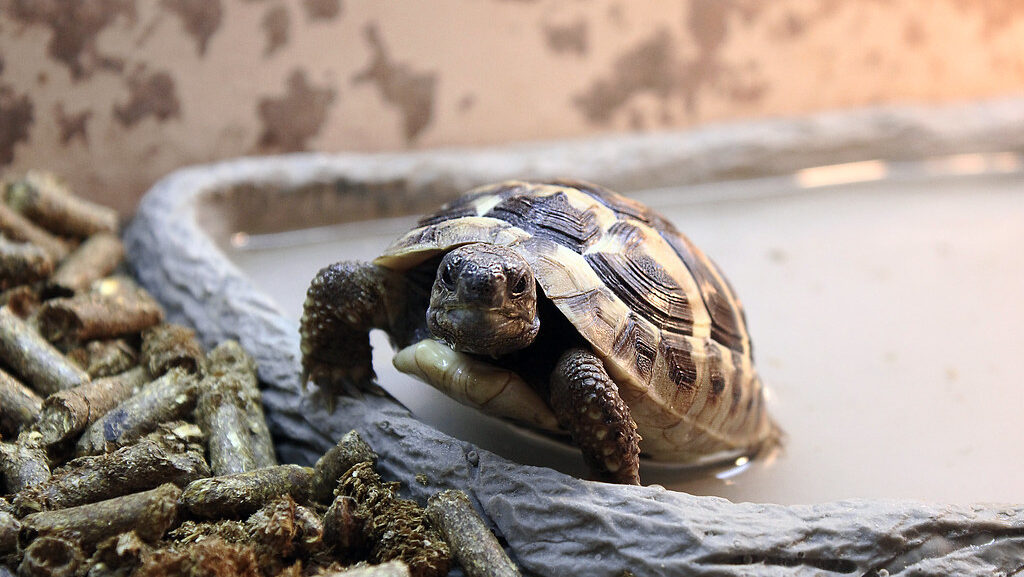
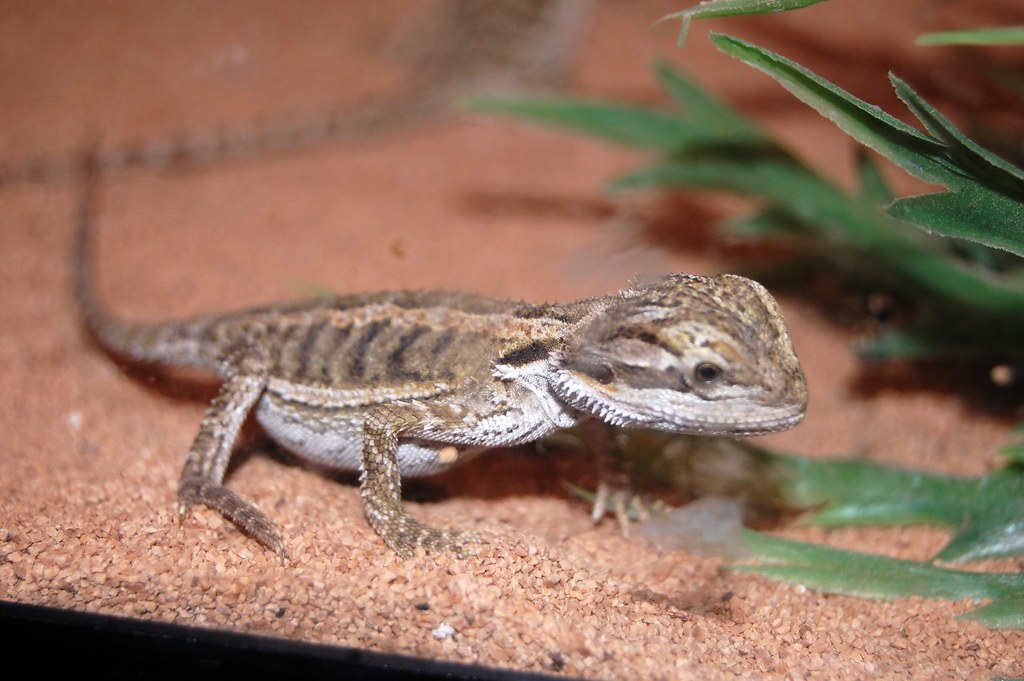
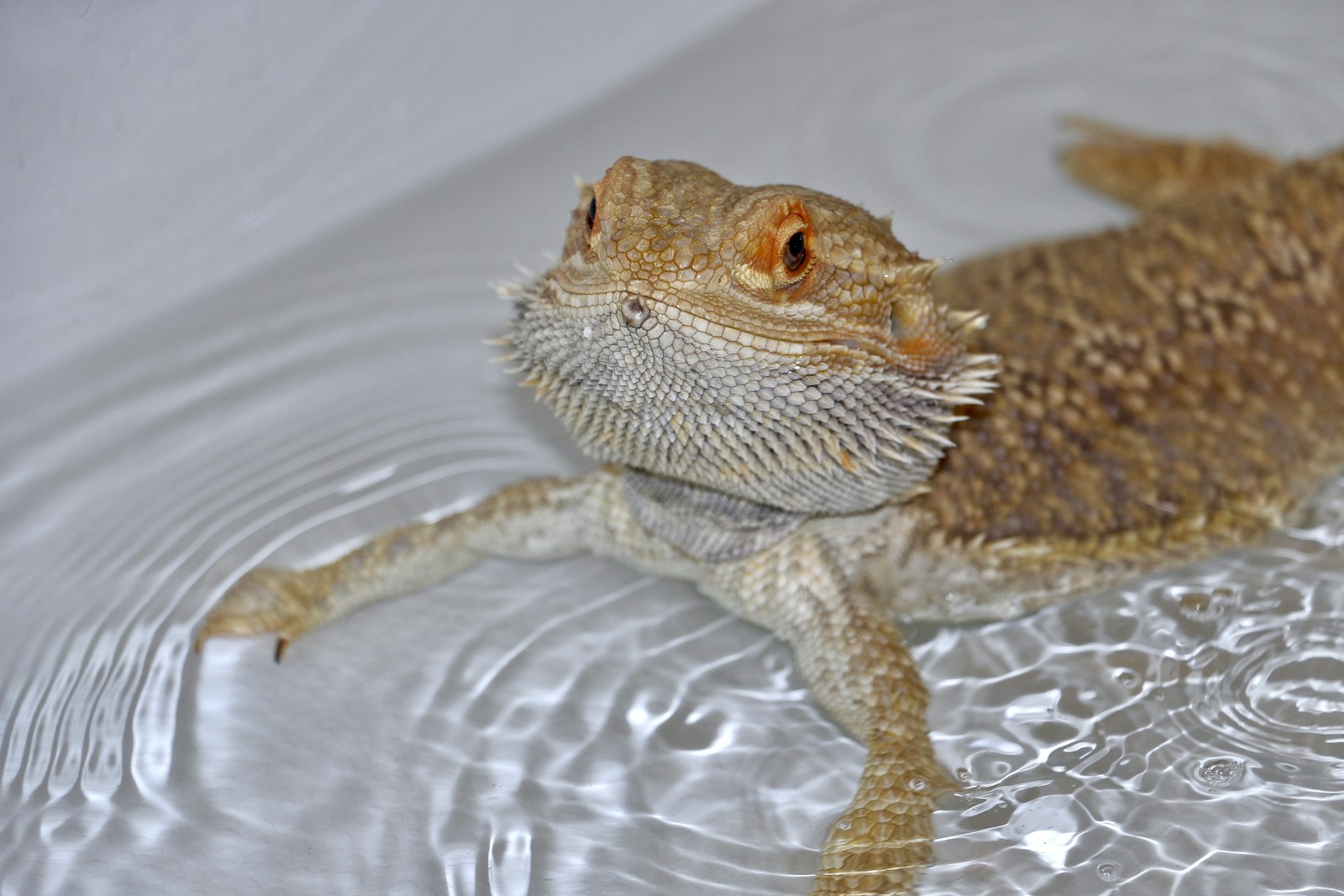
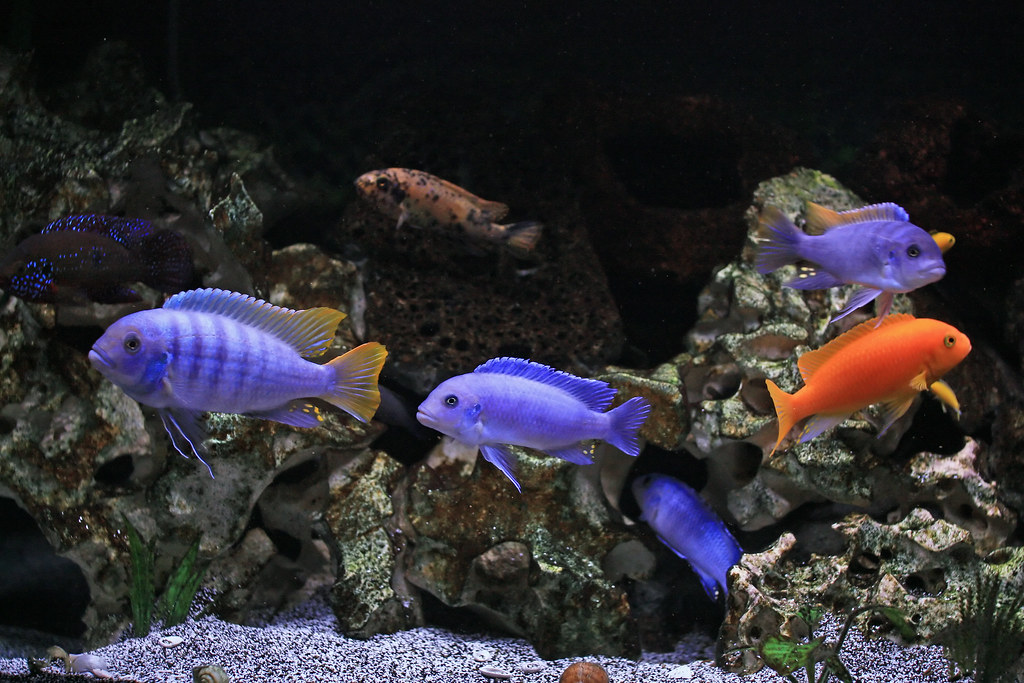
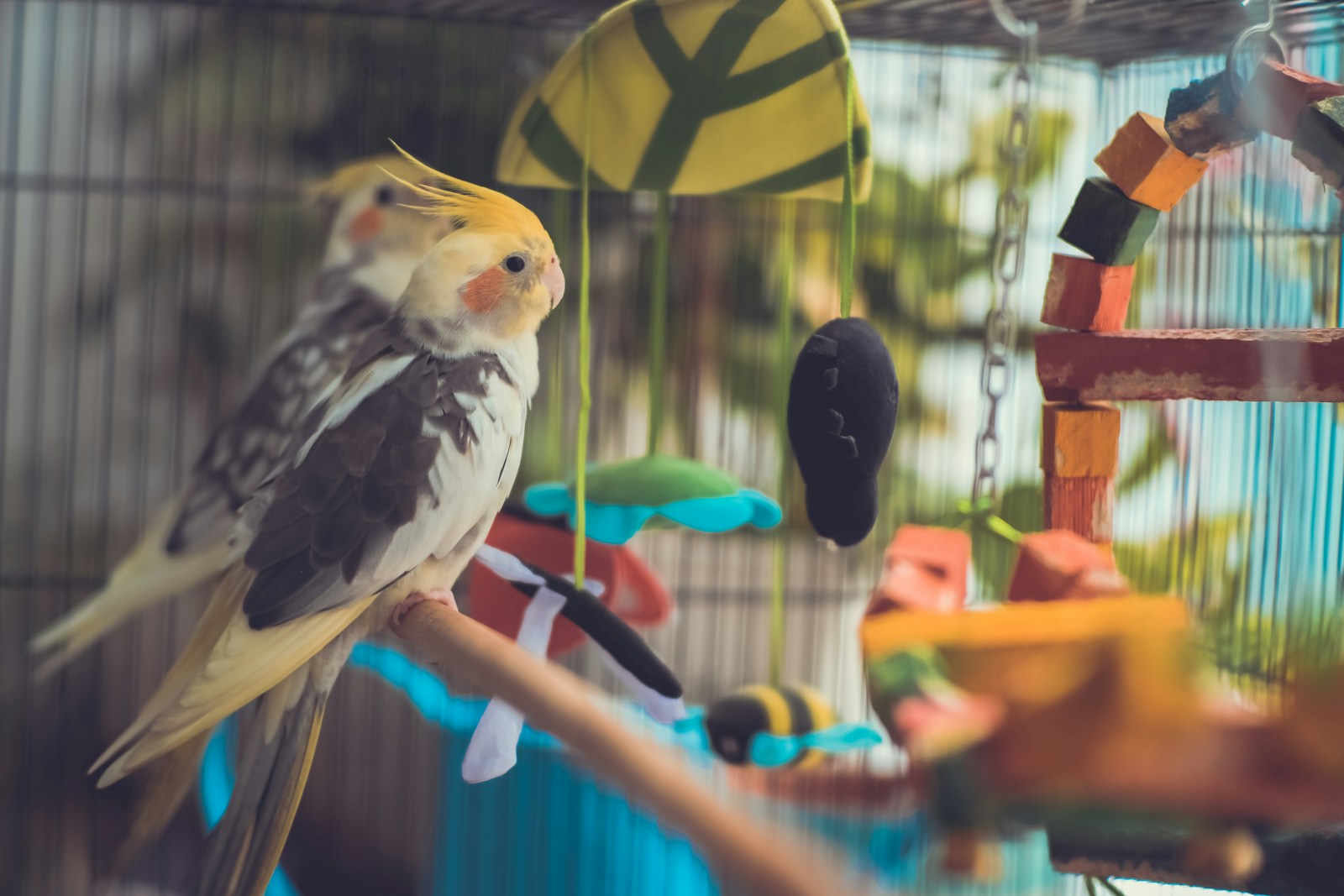
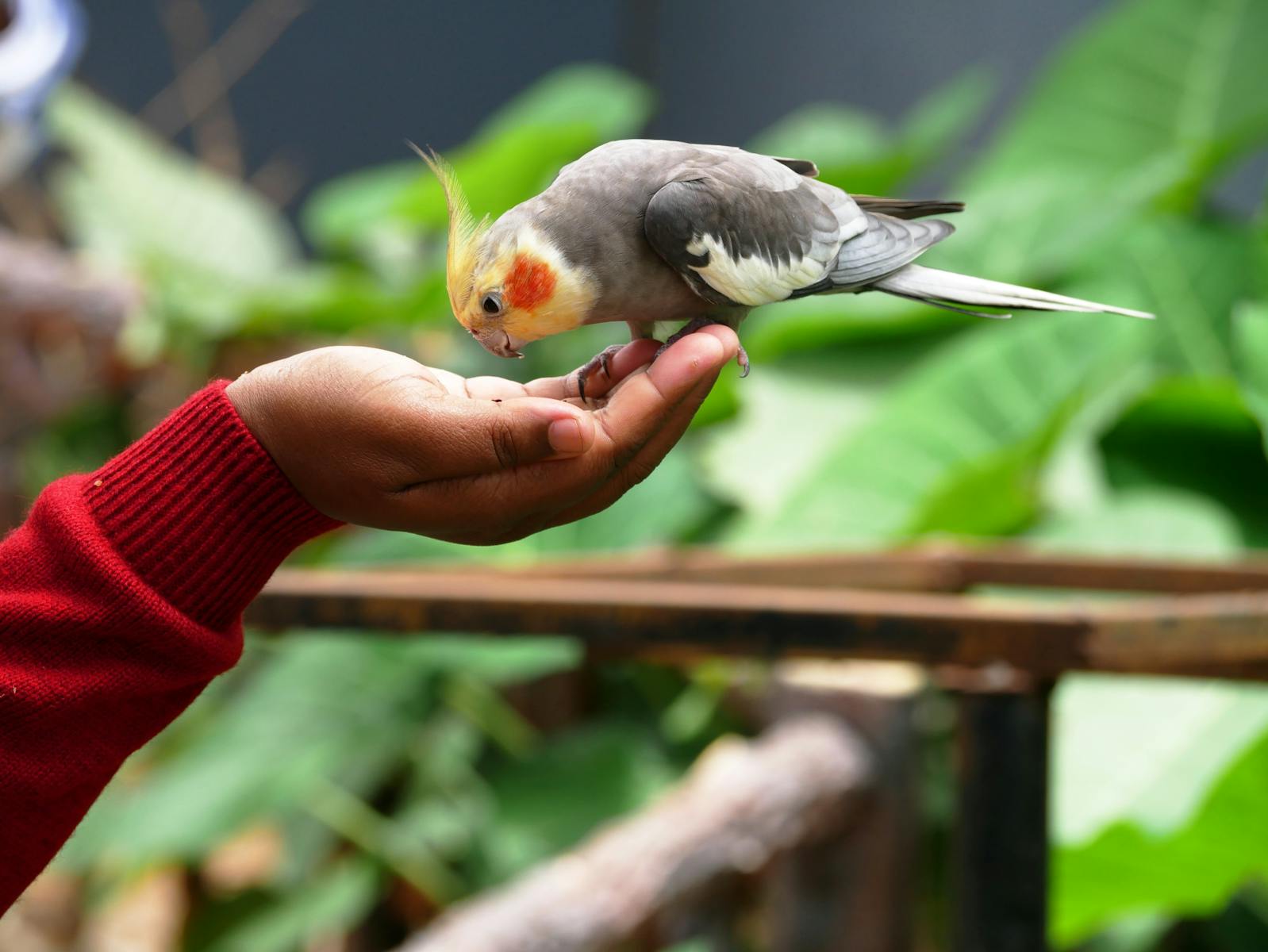
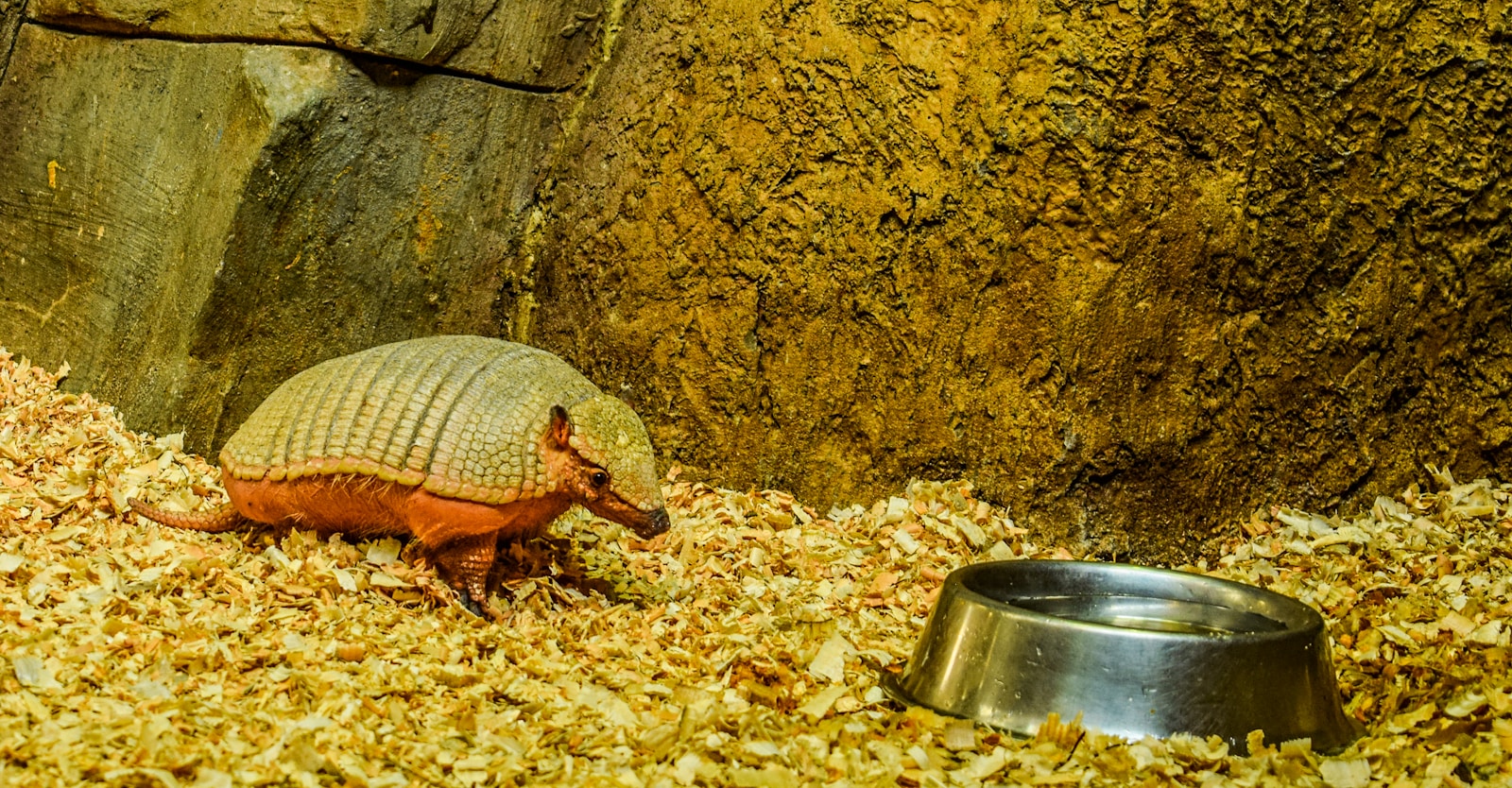
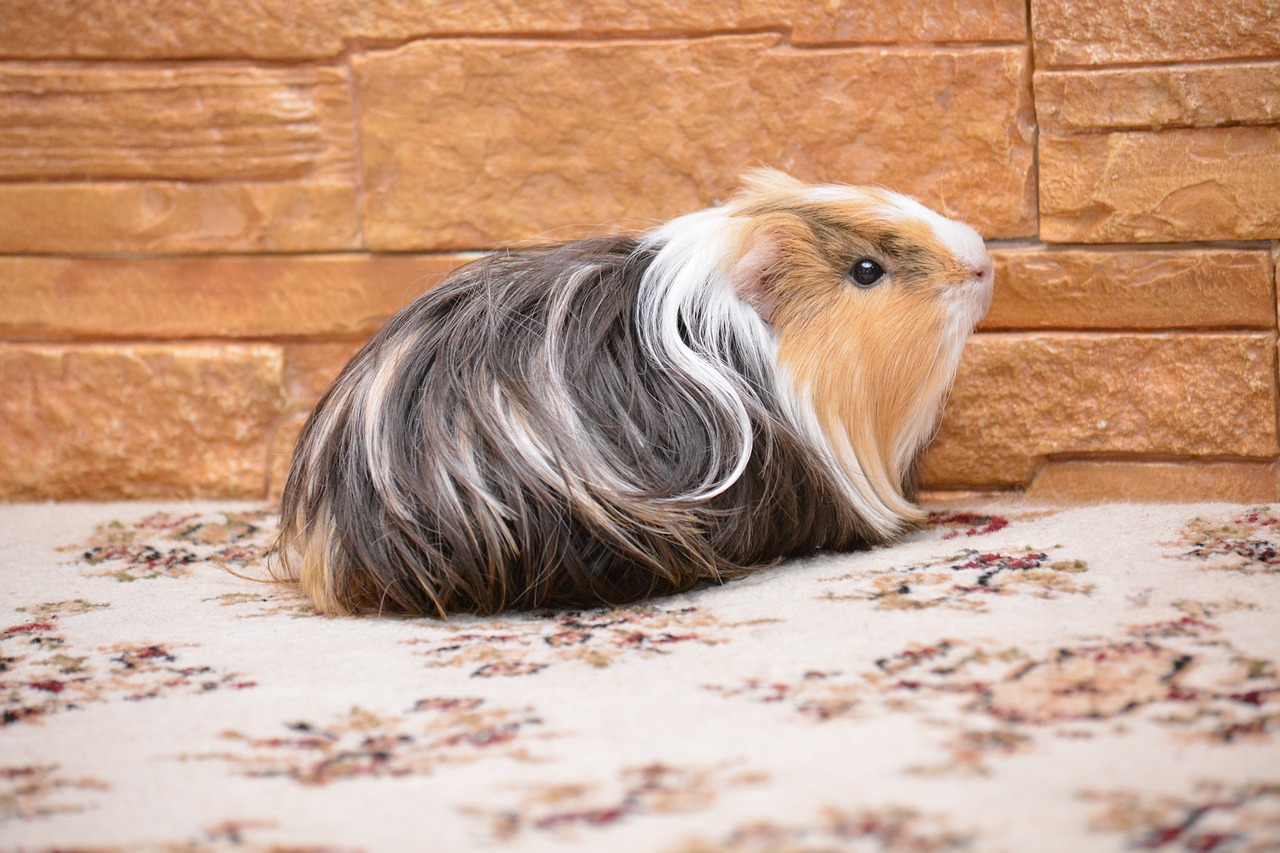
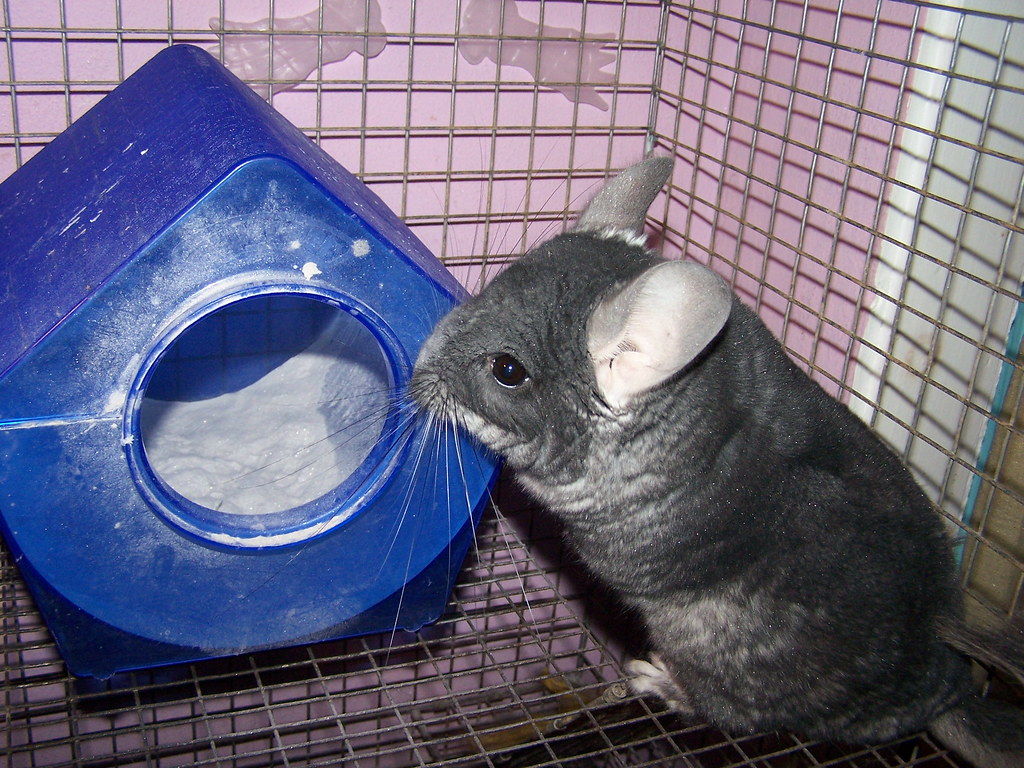
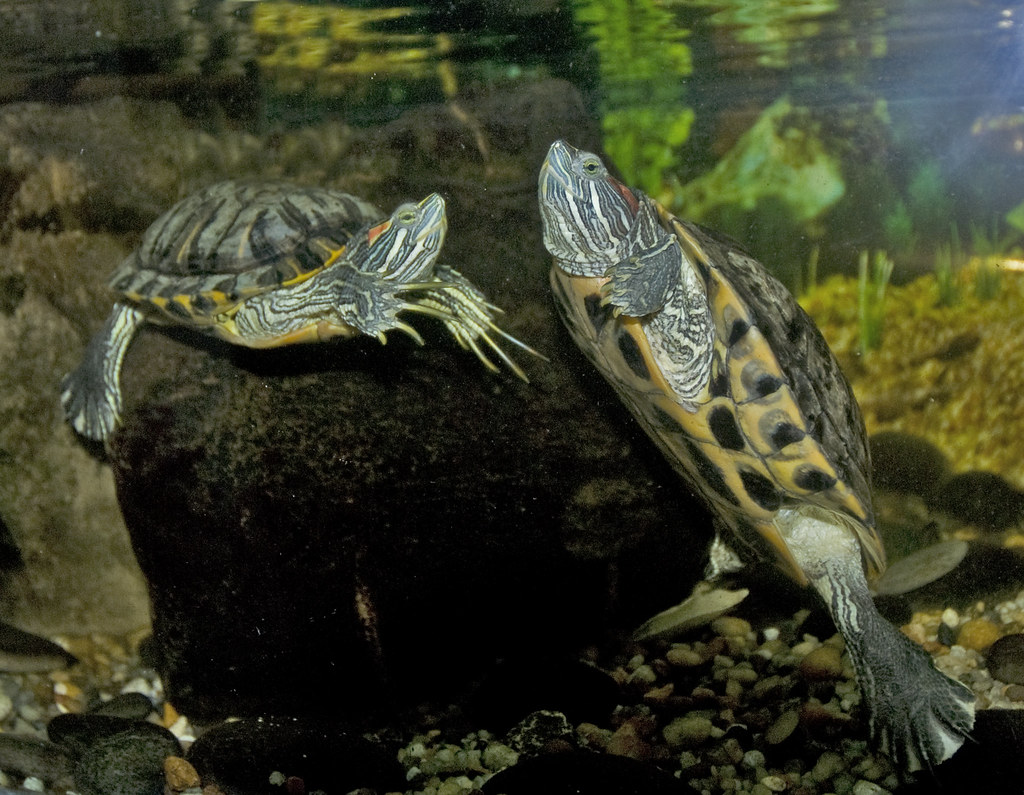
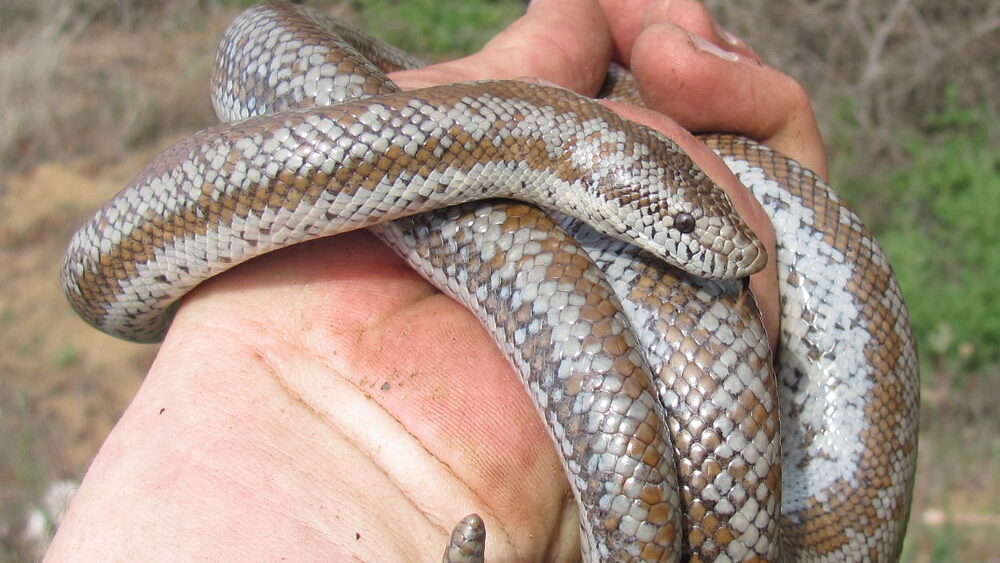




Leave a Reply